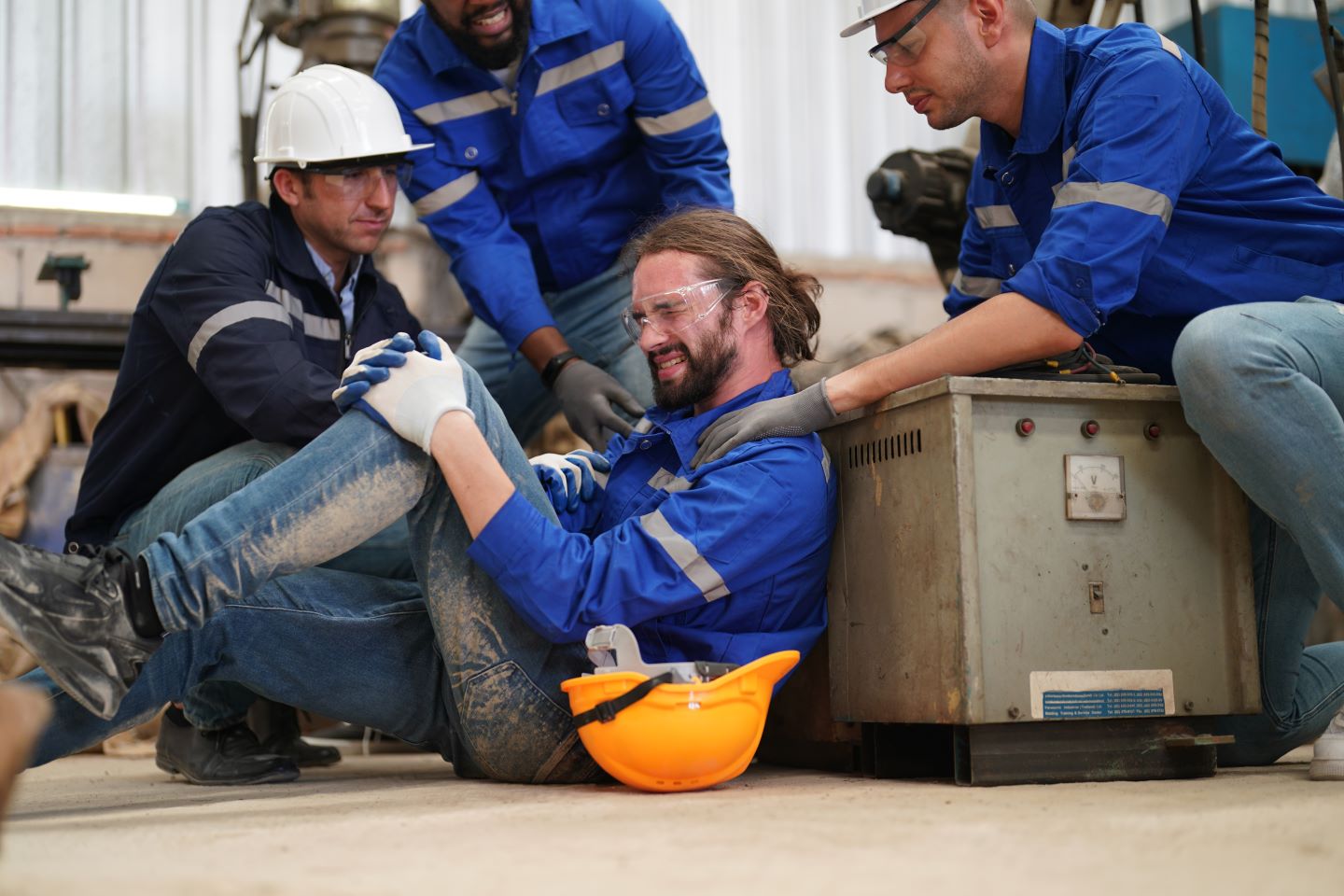Incidents: Quality Follow-up
Workplace incidents and accidents can be extremely stressful, especially when they result in a critical injury or fatality. During this kind of situation, you want to ensure your employees have a clear understanding of the steps they need to take, and why follow-up is necessary. While having a health and safety program prevents most injuries and accidents, they, unfortunately, still happen. Therefore, being prepared, and knowing exactly what to do is key for everyone involved.
The direct cost of a safety program will vary depending on the company and industry, but generally includes worker’s compensation premiums, safety related wages, safety program development, training implementation, hazard research and identification, personal protective equipment costs, and OH&S fines for noncompliance. Direct costs are usually considered covered by Worker’s Compensation insurance and other minor medical costs for an accident. The average direct cost can depend on the nature of the injury and illness but can typically range from one thousand to 20 thousand dollars.
The purpose of an incident investigation is to protect lives and take steps to prevent an incident from happening again.
Today, let’s discuss the steps required for quality follow-up, paying close attention to the final steps to avoid further incidents.
Recommend Corrective and Preventive Actions
At least one recommendation for each contributing factor should be identified; sometimes, a broad recommendation may address multiple factors. Recommendations exist as either corrective actions or preventive actions. Corrective actions are intended to fix a hazard, while preventative measures prevent a risk from occurring.
The final step is to develop a set of well-considered recommendations to prevent recurrences of similar incidents. Recommendations should:
- be specific
- be constructive
- identify root causes
- identify contributing factors
Resist the temptation to make only general recommendations to save time and effort.
For example, you have determined that a blind corner contributed to an incident. Rather than just recommending "eliminate blind corners," it would be better to suggest the following:
- install mirrors at the northwest corner of building X (specific to this incident)
- install mirrors at blind corners where required throughout the worksite (general)
Never recommend disciplining a person or persons who may have been at fault. This action would not only counter the real purpose of the investigation, but it would jeopardize the chances for a free flow of information in future investigations. Any disciplinary steps should be done within the standard personnel procedures.
A challenge that many investigators want to avoid is laying blame. However, when a thorough worksite investigation reveals that some person(s) were at fault, the intention here is to remedy the situation, not to discipline an individual.
Failure to point out human failings that contributed to an incident will not only downgrade the quality of the investigation, but it will also allow future incidents to happen from similar causes because they have yet to be addressed.
In the unlikely event that you cannot determine the causes of an incident with complete certainty, you probably have uncovered some weaknesses within the process or management system. It is appropriate that recommendations be made to correct these deficiencies.
Document and Communicate Findings
Clearly define the expected results from a particular recommendation and set priorities for each action, identifying which ones should be completed before operations resume. Your final report should not include any recommendations or improvement suggestions not associated with the incident facts or situation.
Communicating the information you have gathered, the lessons you have learned, and your recommended solutions will go a long way toward preventing the same incidents from happening again. When it comes to incident investigation, there are two levels of formal communication:
- First, there is an official incident investigation report with limited distribution to safety representatives and management at a minimum.
- Second is a widely distributed document to communicate contributing factors of the incident and chief lessons learned from the incident to everyone that should be reviewed at all safety meetings and posted on the safety board.
Do you have a health and safety program in place in your business or organization? If not, contact the Goal Zero team today, and let’s get started!

